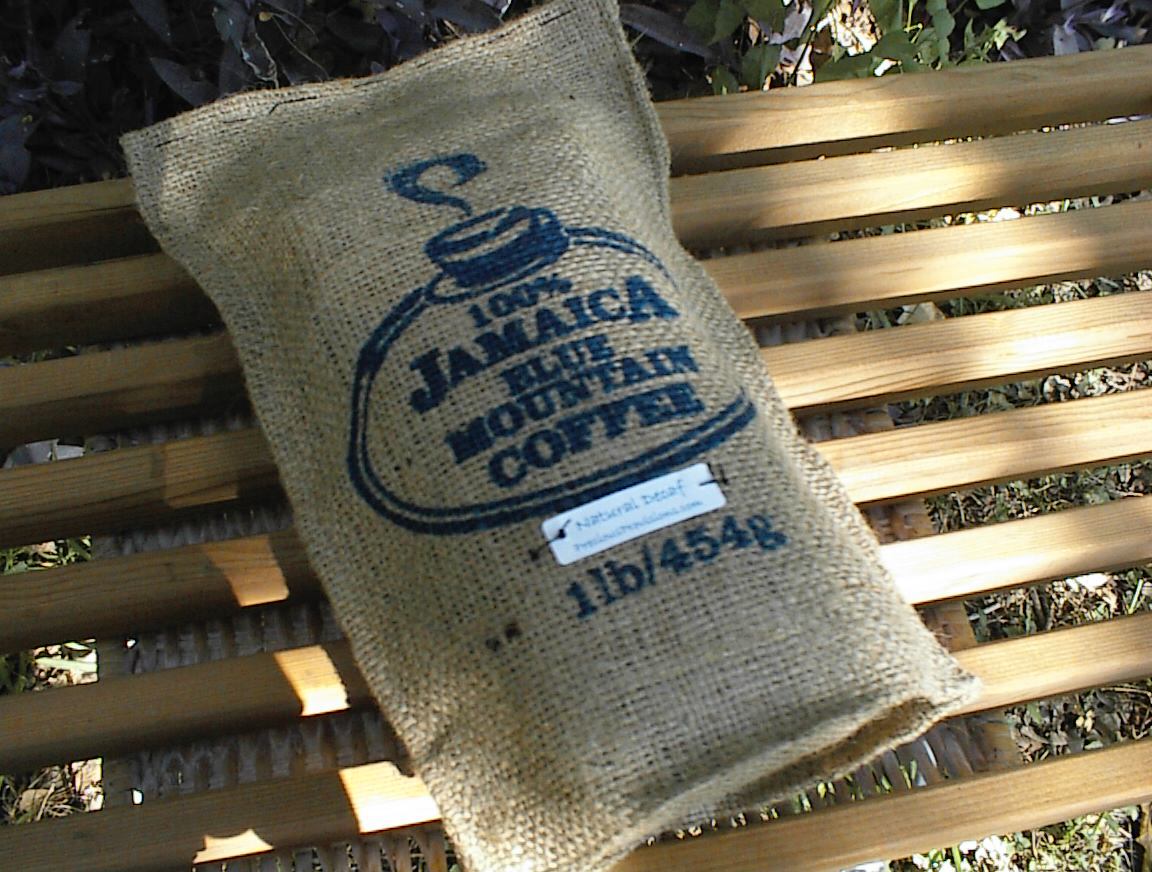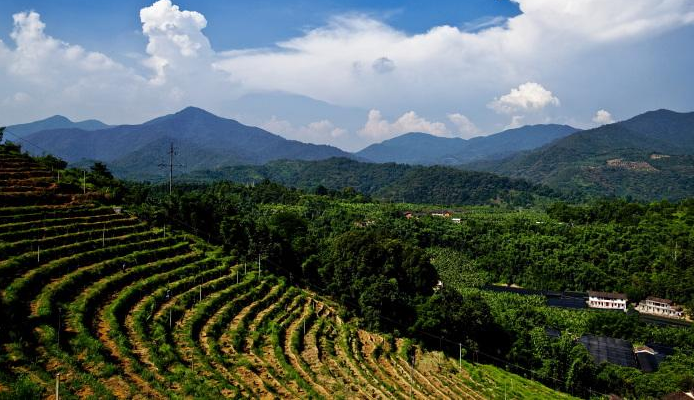Diamonds, champagne, exclusivity… In the Caribbean these words are normally used to describe luxury yachts, or hotels where the rich and famous reside. But in Jamaica, high up on a mountaintop, it is the Blue Mountain Coffee Bean that reigns king. Each day, this prize export – one of the most coveted in the world – is painstakingly cultivated by hand in the shade of mahogany trees. By the time coffee lovers take a sip of this exquisite brew, every bean has passed an exhaustive series of individual inspections and received the stamp of approval labeling it 100% pure Blue Mountain Coffee. Although Jamaica is traditionally known for reggae and jerk chicken and very fast track and field athletes, discerning palates know it is home to the champagne of coffee.
Travel to the Caribbean during the 1700’s was a risky endeavor for those who decided to cross the Atlantic. But the journey from Europe to the newly founded colonies – that included mutiny, horrendous storms, narrow escapes, starvation, dehydration, cannon fire, enslavement and possible death – wasn’t just made by those in search of great wealth and a better future, it was made by the belongings they carried, as well – animals, gold, heirlooms, books, art… and, in 1723, coffee. Even before the single coffee tree dubbed, “mother,” arrived on the shores of Martinique (hand carried by its protector, Mathieu le Clieu), it survived its own journey from Arabia, through the Netherlands, and finally to the court of Louis the XV. More than just a token gift that grew into a major Jamaican export, almost every coffee plant throughout Mexico, Central America, South America and the Caribbean can be traced back to the sapling that sailed the seas.
In 1728, five years after it arrived in the Caribbean, the Governor of Jamaica, Sir Nicolas Lawes, was given a coffee tree from his fellow Governor in Martinique. He planted it in a field outside of Kingston where it yielded a few decent crops – enough for elite society to enjoy. But the farmers soon realized that the cool, cloud covered climate of the Blue Mountains, with soil rich in nitrogen and minerals, would be ideal for this type of coffee bean to thrive.
To be deemed 100% pure Blue Mountain Jamaican coffee, the beans must be grown within a designated 23 square-mile area at an altitude up to 5,500 feet. Further divided into three levels of quality, beans grown from sea-level up to 1,500 feet are called Jamaica Supreme, or Jamaica Low Mountain while the harvest from 1,500-3,000 feet is known as Jamaica High Mountain brew. It is only between 3,000-5,500 feet where the true Jamaica Blue Mountain coffee bean can be found. (No coffee is grown above 5,500 feet, as it is a designated forest preserve.)
By the time a Blue Mountain coffee bean is sealed in an Aspen wood cask and labeled by the Jamaica Coffee Industry Board as 100% pure and authentic, it has gone through an arduous cultivation process and dozens of rigorous inspections. After five years of maturing, the coffee tree will finally begin producing the famed cherry-red berry. After they are picked by hand, they are floated in water. This the first of many selection points. Underdeveloped and insect damaged beans are discarded before they’re sold to collectors who will conduct their own float test immediately after purchase. The beans are pulped within hours of being picked and then sent to a factory for another round of inspections and eliminations. The mucilage, a sugary outer coating, is removed and the bean is washed, leaving behind what is called wet parchment.
The creamy brown beans are then placed on barbeques, which are actually large slabs of concrete, to dry for five days in the sun. While the water content adjusts to desired levels, the beans are once again sorted for quality. Then they are bagged for resting. In the cold dark recesses of the factory, they will sit undisturbed for ten weeks so they can develop their unique flavors and characteristics before the final step of hulling. Once the green bean is revealed, they are polished and sorted. The Coffee Industry Board of Jamaica will separate beans into three different categories according to size. Once again, each bean is held by human hands and inspected for its own individual quality and stamped with the globally protected certification mark of approval. Now all that stands between the wood cask of beans and your coffee cup is hot water and a few minutes of brewing.
80% of Blue Mountain coffee is exported to Japan, which means just 20% of the crop is left for the rest of the world to enjoy, making it an even more coveted and hard to find commodity. One of the reasons for its popularity is its smooth, even taste that is packed with antioxidants and low in acidity and caffeine. While there are a few merchants who are authorized to sell internationally, unquestionably, the best way to enjoy a cup of this exquisite coffee is on a tour of a plantation where the beans are grown. There are thousands of holders throughout Portland, St. Andrew, St. Mary and St. Thomas, and while most are very small – comprise of just a few acres –a handful of large plantations that harken back to when the coffee industry first began are still in existence.


